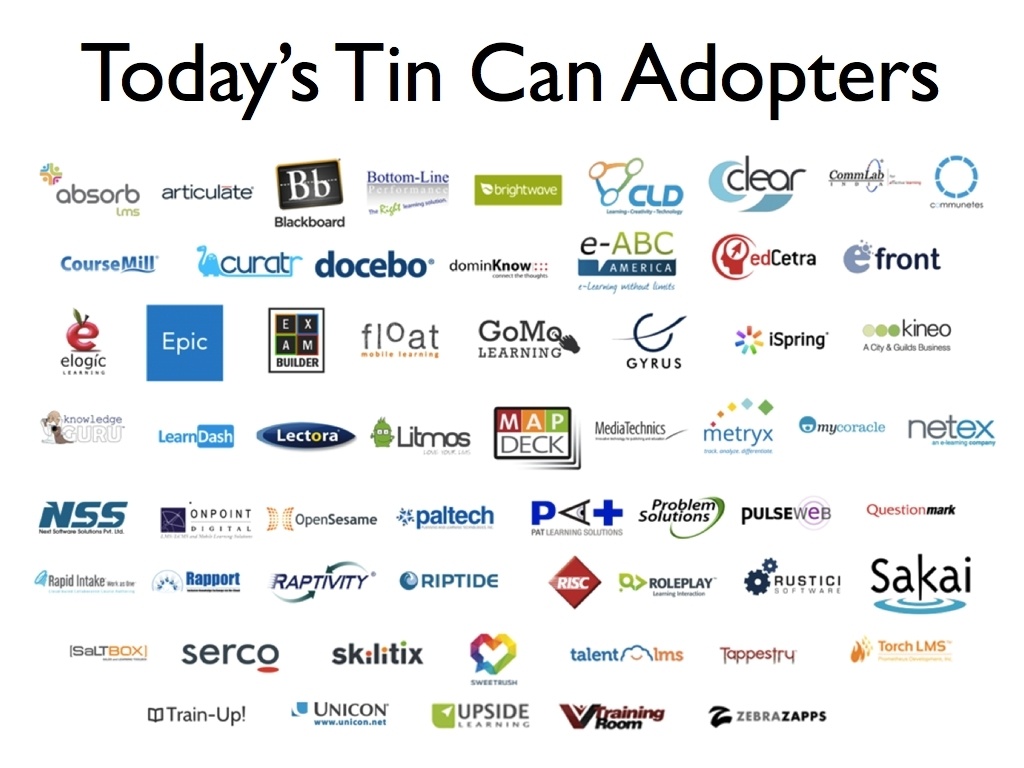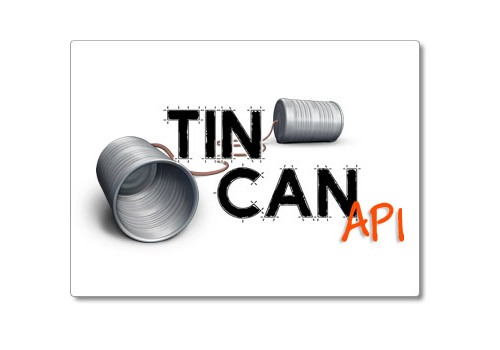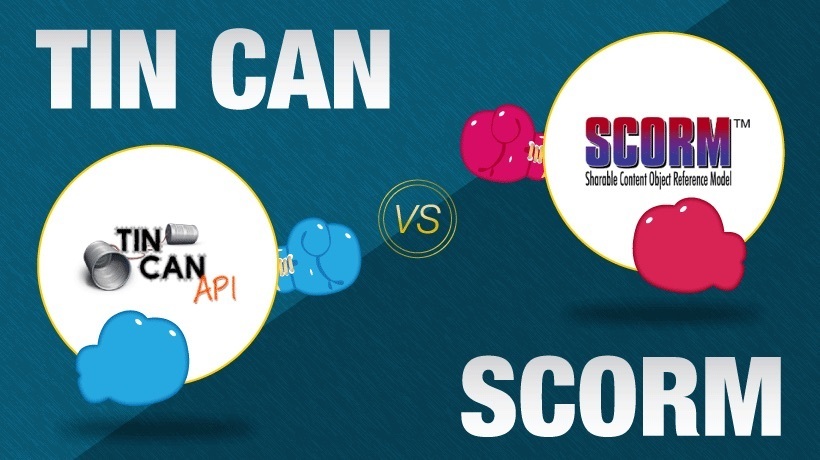The span of technology that can help people learn is vast. There are so many tools built with technology that is very complex to average person. These tools have dramatically helped people accomplish tasks and gain knowledge, through experiences. When we think about all of the tools for learning out there, they don’t just fall into the categories of course authoring or learning management system. For example, the top 20 tools on Jane Hart’s Survey of Top Learning Tools in 2012 includes:
- YouTube
- Google Docs/Drive
- Google Search
- WordPress
- Dropbox
- Skype
- PowerPoint
- Wikipedia
- Moodle
- Evernote
- Slideshare
- Prezi
- Blogger/Blogspot
- Google Reader
- Google+ / Hangouts
- Diigo
- Word
- Yammer
This really shows the diversity in the tools that are out there today. Each of these are available for you to use, but there are limited ways, at best, to build on the same project across each of these tools, or to be able to quickly tie all the work you're doing in each of these tools together. Until now, this is why we have standards for interoperability and why the Tin Can API is such a big deal.
SCORM was built for the sole purpose of making it possible to move courses between LMSs. Ensuring they would play and track data consistently. That’s still an important function because courses still matter for formal learning, but, more important today is enabling people to use the collection of tools that are right for their organization and track activities across them in a uniform way. This makes it possible to only use the pieces needed and still deliver the right reports to those who need to see them.
Why Adopt Tin Can?
So far, we’ve seen adoption by tool providers who mostly fall into these two groupings:
- SCORM SufferersThere are tools that have been hampered by SCORM’s limitations for years and are happy to have a better option. SCORM has a number of limitations that make it really hard to do anything other than the particular use case for which it was engineered, and it tracks very little useful data about courses. It needs a web browser, it requires a constant internet connection, and it has trouble with content that was not all in one location (cross domain). Those conditions have posed considerable challenges in tracking the ways people learn while working today. There are even more constraints, which you can find out about here. Considering mobile devices need to work offline and are more likely to use apps than browsers, this may help you to understand why providing any consistent approach to dealing with mobile has been such a vexing challenge in eLearning.
- The BreakthroughsThere are people building tools that are radically different from the model that SCORM was built for. No interpretation of SCORM would enable good tracking of tools like Tappestry’s social platform, Metryx’s classroom dashboard, or Skilitix’s scenario based learning product. People have proven to be very creative in what they can do through SCORM alone, but it’s far from the best way to show the value that the tool offers. Tools that didn’t work with SCORM had no reliable and cost effective way to exchange information with systems. Where this did happen, it was always a custom integration. The fact that such connections had to be done as custom work was a huge barrier. Any new and innovative technology is hard for a typical training department to access because of the time and cost involved. This was complicated because there were no standards to bring all of the systems together, making non-traditional technologies silos of their own, and scattered throughout the organization.
The Current State of Tin Can Adoption
The implementations of Tin Can today mirror those groups. Many of the traditional SCORM tools have used Tin Can to do what SCORM was doing, but using Tin Can to do it. That’s fine -- it’s the first toe in the water and a place to start. We all expect they will go beyond that in the future, making it easier to collect good data from custom interactions. If you take a look at the list of authoring tools that have adopted Tin Can, the majority are tracking typical SCORM data but with Tin Can statements rather than SCORM’s run time. Many of the LMSs that have adopted Tin Can have added an LRS to their LMS. This means that they can receive data from anything that makes Tin Can statements, whether or not that activity occurred inside the LMS. Other LMSs have become activity providers and they make statements about activities to LRSs.
Still, people need better ways to track data about the activities that matter to in helping people to improve their performance. The breakthrough tools who have adopted have started down this path. They all track amazingly different, but important, things. Using that data to create better activities; designers, analysts, and managers can help improve performance at the next level. It creates feedback loop. This is why so many tools have adopted so quickly: they have valuable data to contribute to their users. This data was previously really hard to share, and not meaningful enough to really help with improving performance, Tin Can has changed that.
The Bottom Line
Going back to that list of top tools earlier, most of them haven’t adopted natively, but that doesn’t make them impossible to use with Tin Can. There are plugins for WordPress and Moodle to track data with Tin Can. Many of the tools on that list have their own APIs. If their APIs are robust enough you can translate their data to Tin Can, making the data useful to you. When you start looking, there are APIs everywhere. Tin Can is the only one whose mission is to be used across many different tools, to flexibly connect them. This is why so many tools have adopted and many more will continue to adopt, it’s a good step into the API economy for eLearning.









